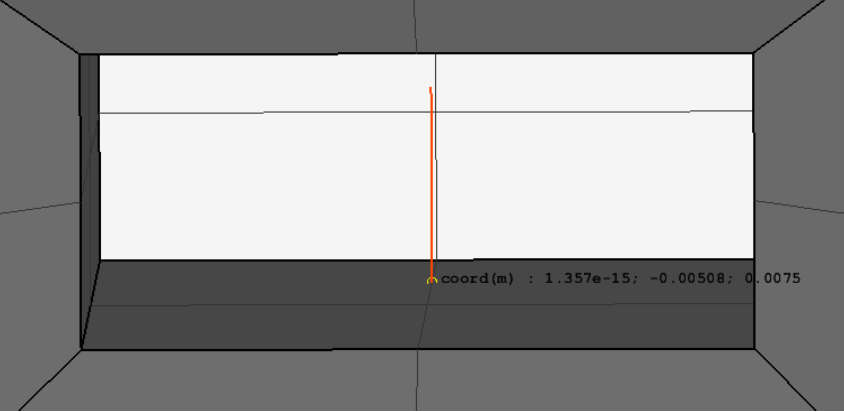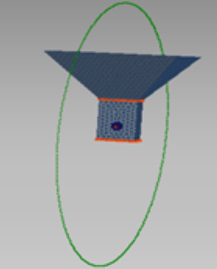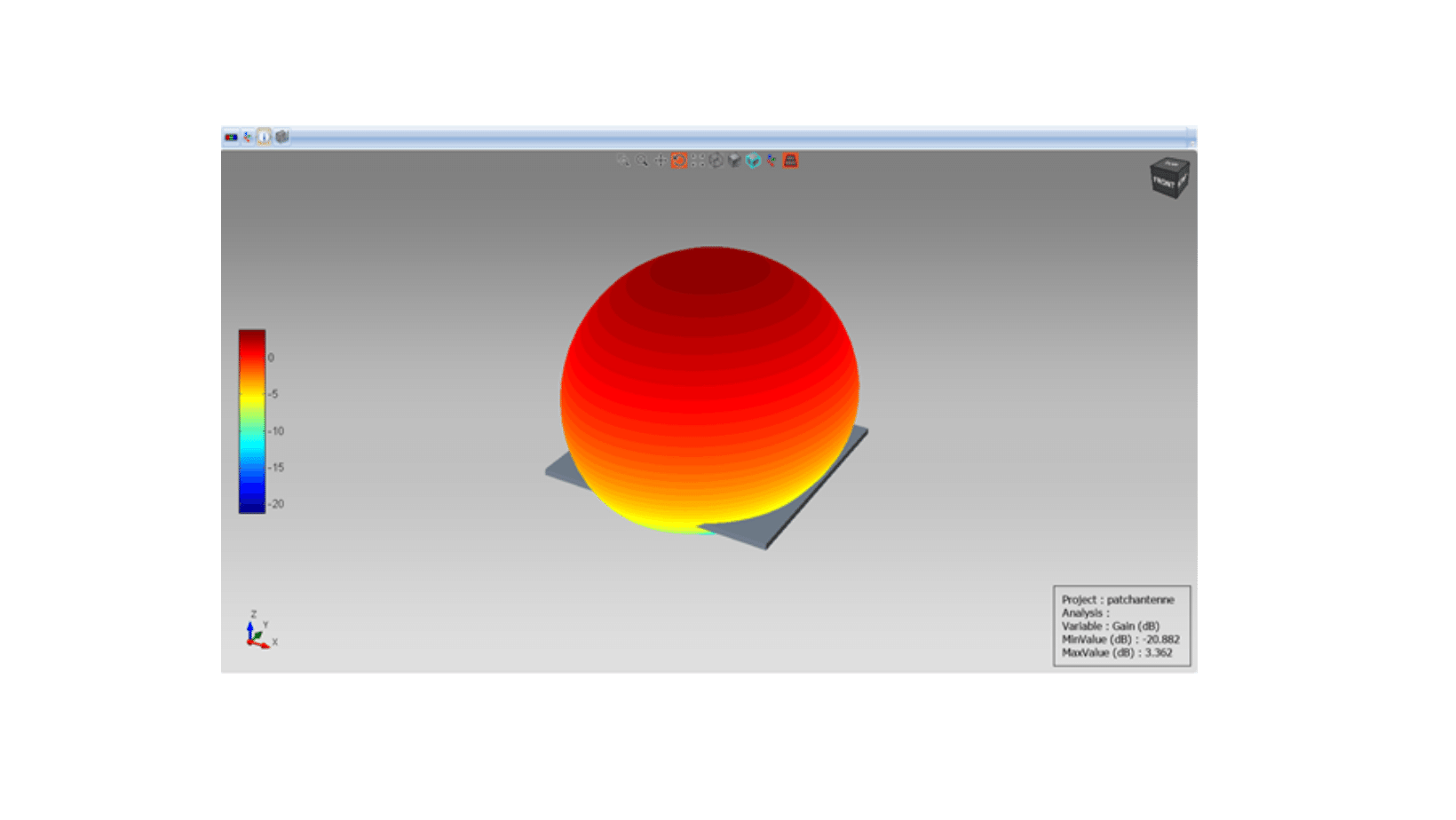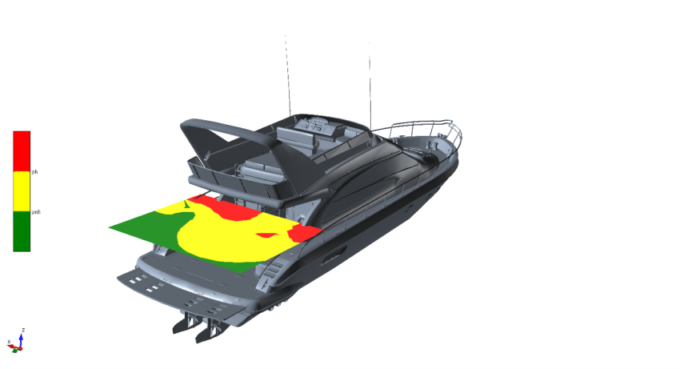4 SIMPLE STEPS TO SIMULATE A HORN ANTENNA
In the field of electromagnetism, as in many others, numerical simulation makes it possible to predict the behaviour of antennas and to model them realistically using simulation software. A horn antenna, for example, can be simulated using tools such as our simulation software: CAPITOLE RF.
Using simulation software to simulate a horn antenna has several advantages:
– Significantly reduce design and prototyping time
– Quickly explore different configurations and test scenarios before manufacturing a real prototype
– Reduce design costs
– Accelerate product development
– Propose more effective solutions tailored to customer needs.
Modelling a horn antenna involves understanding the physical phenomena associated with the propagation and radiation of electromagnetic waves and the equations that govern them.
Let’s explore the different stages in simulating a horn antenna using our software, CAPITOLE RF.
Sommaire / Contents
Importing the model into Capitole RF
Capitole RF offers several formats for importing geometry, including faceted or CAD formats. We will consider the “step” CAD format in this demonstration.
Meshing and calculation
First of all, you need to define the frequency value(s) and the feed strand, as shown in the figure below:

The mesh is then generated automatically, as shown in the following figure (drawing of horn antenna with mesh)

Calculating electromagnetic fields
It is necessary to add a feed port to the antenna.
This is a voltage generator positioned at the region corresponding to the blue zone in the figure (base of the monopole).

We then carry out a far-field calculation in the two main planes corresponding to the following two figures:


It is also possible to compute the radiated EM field on a sphere, as shown in the diagram below:

The electromagnetic fields in the exit plane of the horn are also calculated, as shown in the following figure (horn antenna / green rectangle). Here computation od radiation in the near-field is carried out.

The calculations are performed using a solver of the method of moment type, in simple precision.
Post-processing and visualisation of results
Post-processing and analysis of the results enables us to visualise successively:
- The radiation pattern of this horn antenna in its 2 main planes
In Cartesian coordinates

In polar coordinates

- The 3D radiation pattern with an indication of the maximum gain of this antenna, which is of the order of 15 dBi


And finally, the distribution of the Ey component of the electric field in the plane of the horn aperture, which corresponds to the near-field radiation from this antenna.

In conclusion, this article describes the essential stages of simulating a horn antenna using our simulation software, CAPITOLE RF. By reading it, you’ve learned how to configure the antenna parameters, import the models and carry out an accurate analysis of the radiation pattern.
Thanks to our simulation software, you now have the tools you need to optimise the design of your horn antenna and evaluate its performance before you even move on to the manufacturing phase. This approach will save you valuable time and resources, while guaranteeing high-quality results.
The complete software solution that revolutionises your experience without any hardware constraints.
CAPITOLE offers you total transparency.
You’ll know exactly what’s behind every feature thanks to our detailed documentation of implemented models. You can also import your own data, be it 3D models, antenna radiation patterns or material characteristics. You’re in the driving seat!
With CAPITOLE, you get unrivalled support from Nexio. The first year’s support is included in the price of the licence, giving you quality assistance for all your questions and needs.
And if you want to go even further, Nexio offers additional services such as template creation and product customisation to meet your exact requirements.




